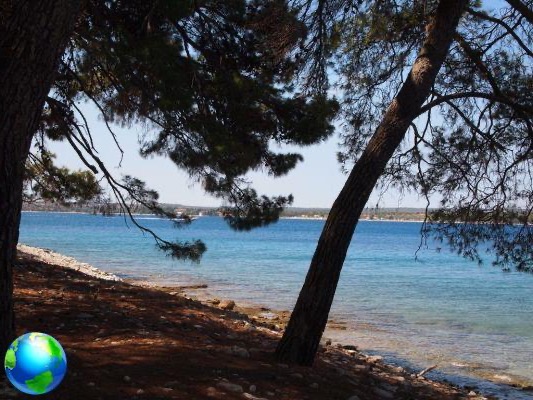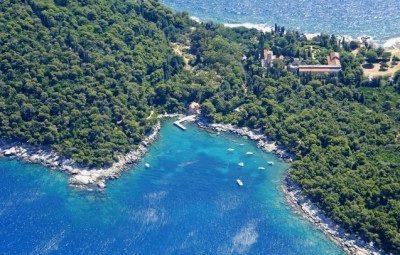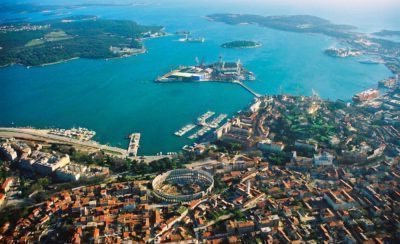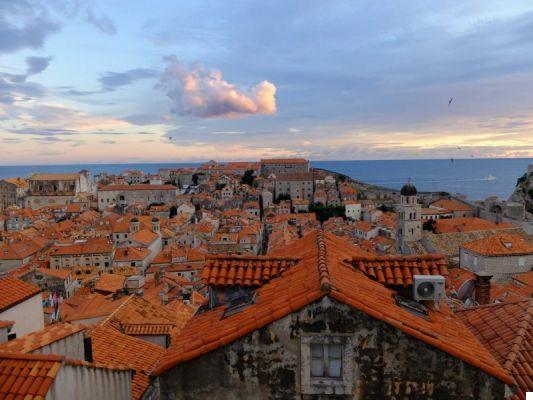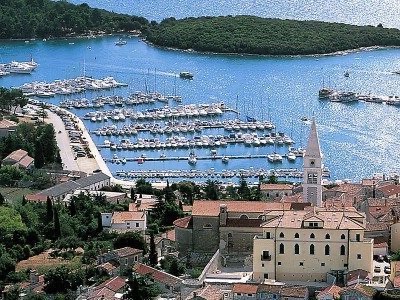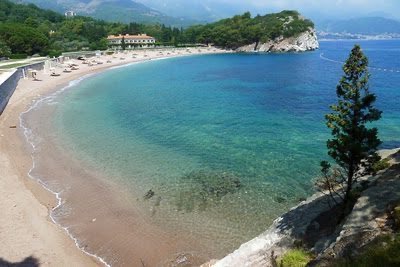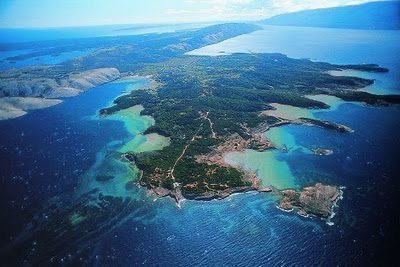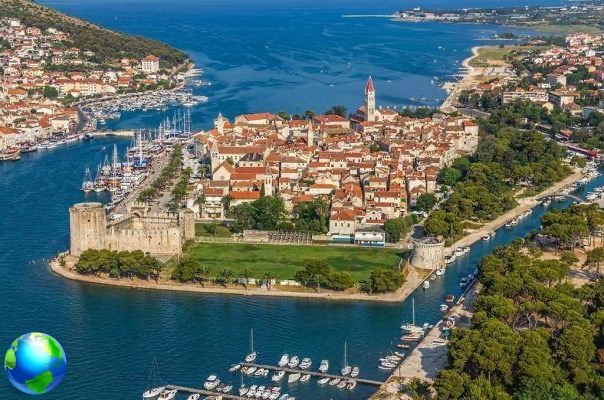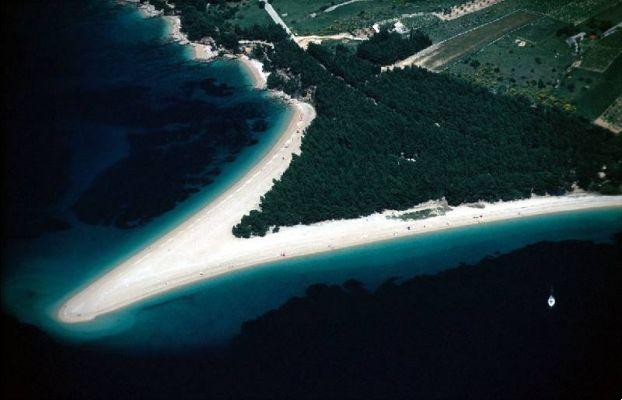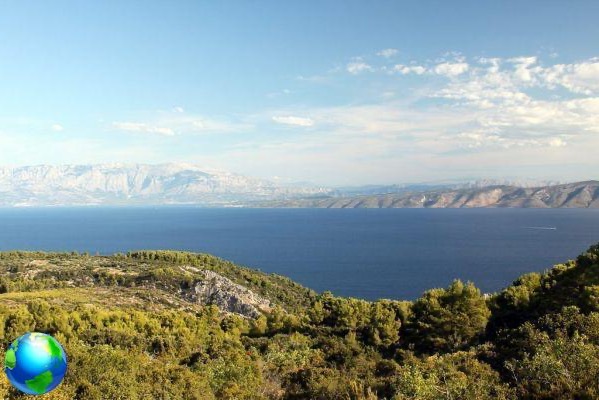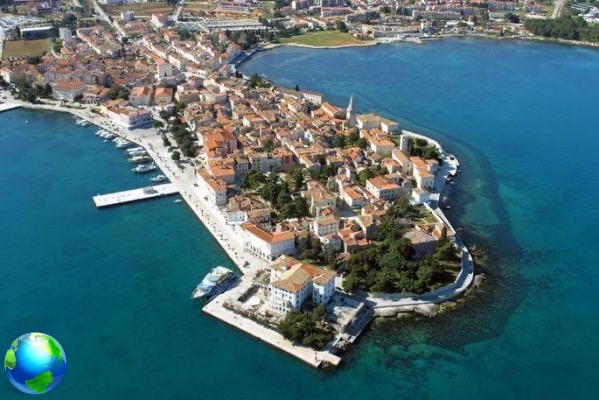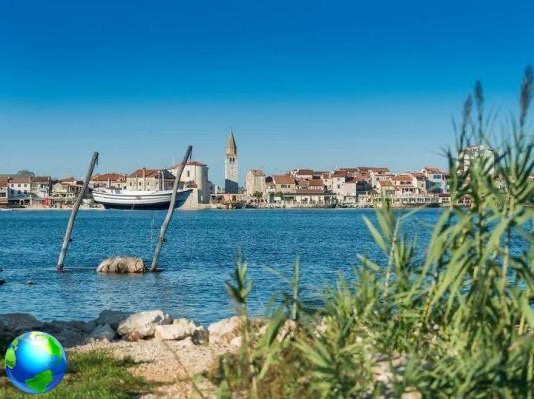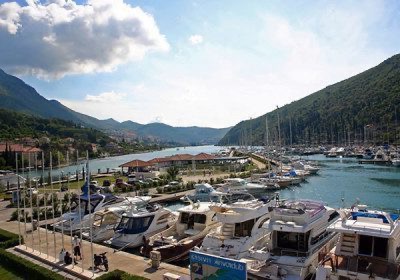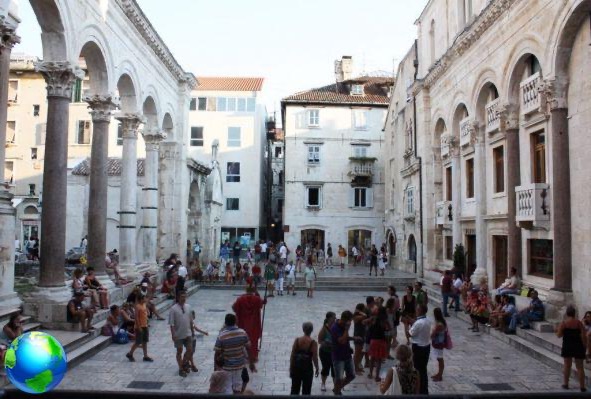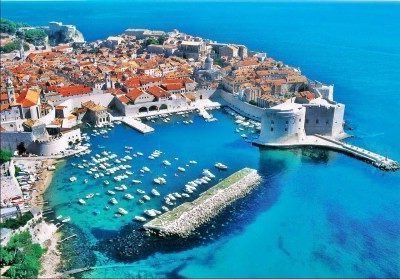
Historically a free city, city-state, maritime republic and strategic port, Ragusa-Dubrovnik it owes its nature and destiny to an absolutely particular geographic location, so peripheral with respect to the states or empires to which it belonged as to guarantee it the autonomy that is recognized in such important outposts above all from a commercial point of view.
Dubrovnik it links its history to the sea, since its birth, when the citizens of some villages in the nearby hinterland settled in what was then a rocky island very close to the coast, to escape the barbaric threats of the time. Later the islet, which now constitutes the old City it was joined to the mainland, draining the narrow arm of the sea that divided them.
Today Dubrovnik is a beautiful city of medieval mold, whose historical center overlooks the port on the Adriatic, protected by imposing rocky walls that characterize its profile, as well as the typical contrast of Croatian cities between the bright blue of the sea and the red of the roofs of the houses. It is possible to walk on the walls and enjoy the enchanting emotion of breathtaking views and a certain historical reenactment of bygone times. The easiest way is by entering the historic center through Pile holder, under the gaze of Fort Lovrjenac. The cost of the ticket is 40 kunas (change € 1 = 7kn), not given as a gift but absolutely to be done to fully appreciate the city inside and out.
Said of the view from above, the beating heart inside the old city is constituted by the Stradùn, the main street that splits it in half and which at the same time connects the main sites from one side to the other. A walk along the Stradùn, which like all the rest of the center is strictly pedestrian, it will be a pleasant moment of refreshment, interrupted here and there by the various commercial activities but above all by sites of particular interest such as the Onofrio's Fountain, the Church of S. Salvatore, the Franciscan Monastery, the 400th-century Synagogue, the Serbian-Orthodox Church, the Orlando's Column and the Clock Tower; all enclosed in an area of XNUMX meters in length and in need of further specific study.
Of particular note is certainly the Cathedral of the Assumption of the Virgin, at the eastern end of the Stradùn, rebuilt in Baroque style following the earthquake of 1667 which, together with a large part of the city, also struck the previous XNUMXth century basilica.




